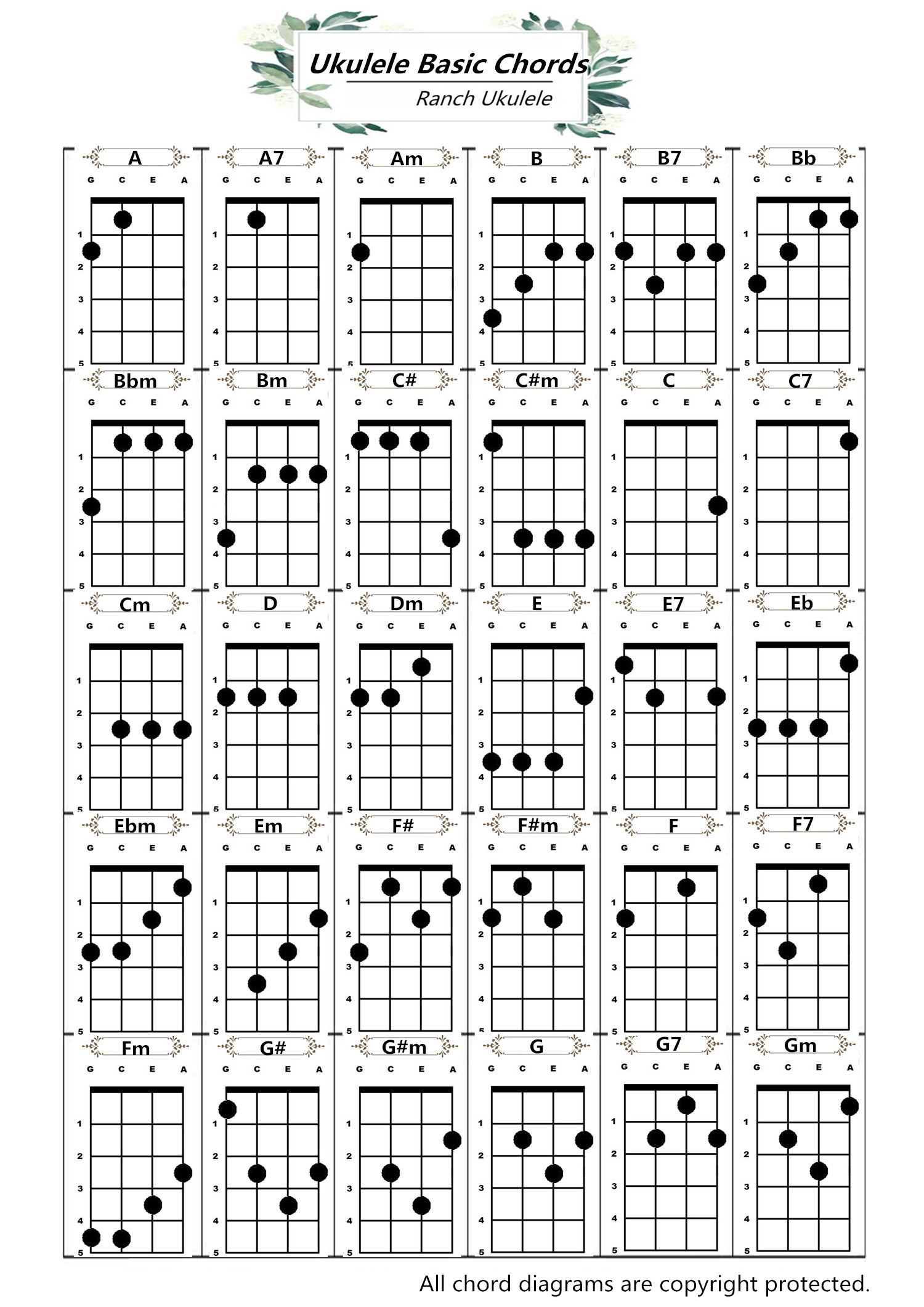
So you have decided to play the ukulele. Good for you! The ukulele is a fun instrument, and with a little bit of work can be learned by anyone. Since it's small it is also easy to take with you and practice anywhere. So the big question is: what is the best ukulele for beginners? Should you spend a lot of money or should you pick up the cheapest one you can get your hands on. What are the different sizes and which one should you get?
To tune a ukulele, the tuning heads at the head of the Ukulele for sale in uk are loosened to lower the pitch and tightened to raise the pitch. It is a good idea to loosen the string below pitch to begin with and gradually tighten the heads until you reach the desired pitch.
The first benefit of learning ukulele is its size. Many small children struggle with larger instruments such as guitar. While guitars can be purchased in sizes as small as a quarter of the size of a regular-sized guitar, they are often still too big for kids who are 5-10 years old. Ukulele, on the other hand, is small enough to be handled easily by someone in this age range. The body of the instrument is small and easy to hold. The neck is also thin with narrow frets, which makes it easy to play basic chords.
At this stage, knowing some chord theory is useful. Learning the harmonized major scale will mean you can quickly assess whether a chord is likely to be major, minor, seventh etc.
The Ukulele Tenor Ukulele is one of the most common Ukulele. It is generally between 26-29 inches. The sound is a little more modern sound than the Soprano and the concert.
Now you will learn to interpret this notation. The digit before the slash indicates the fret to press down. The digit after the slash shows you Ukulele for sale which string to play.
S: Silly Scarecrows: Scarecrows are pretty floppy and flexible. Try walking like a scarecrow with loose arm and leg movements. Remember how the scarecrow in the Wizard of OZ had trouble dancing? Skip, hop and dance like a very bendable scarecrow.
Hold down the second string (from the top) at the 4th fret, and pick it alternating with your open string underneath it. Tune this open 3rd string to sound the same as fretted one above it.